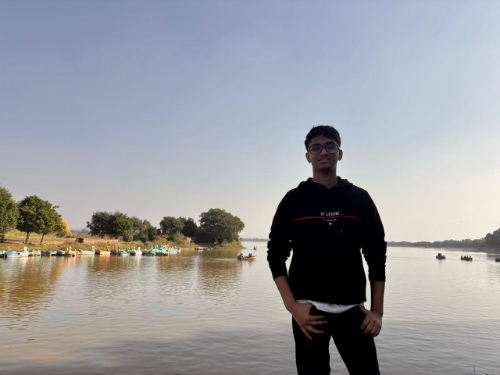Audio Presented by

Hi folks! I am Harsh Vardhan Jain, 18 years old and I aim to learn together and share my thoughts in the coding world.
About Author
Hi folks! I am Harsh Vardhan Jain, 18 years old and I aim to learn together and share my thoughts in the coding world.